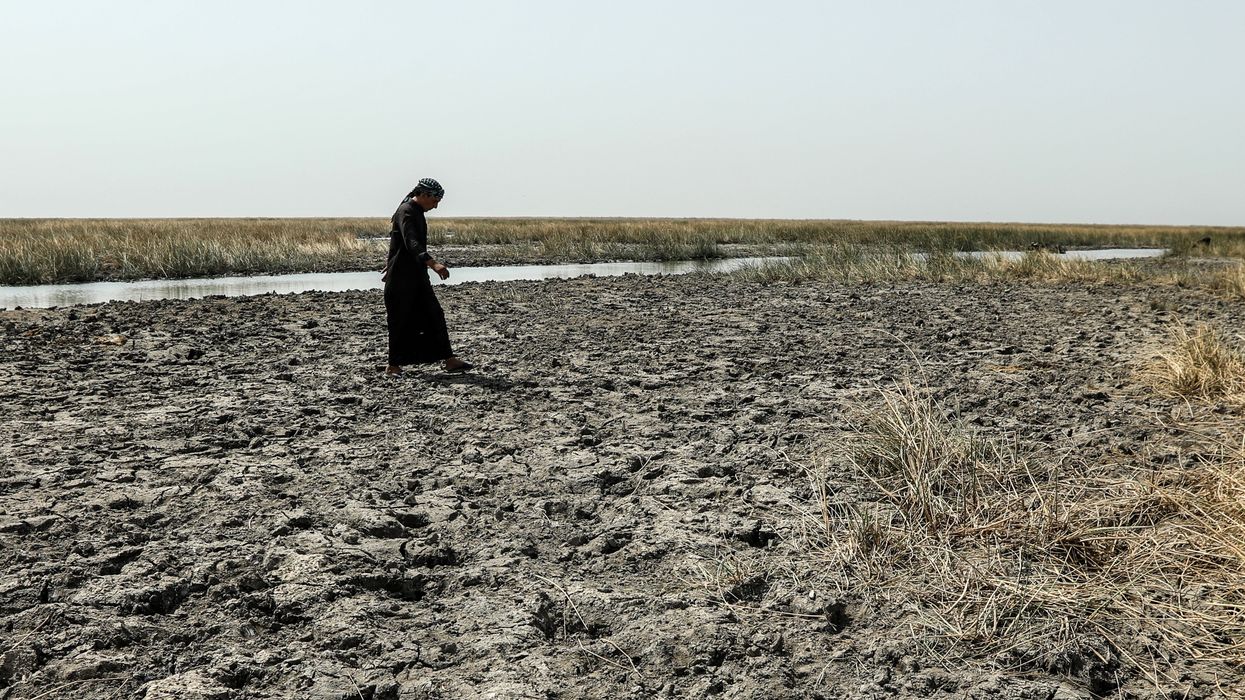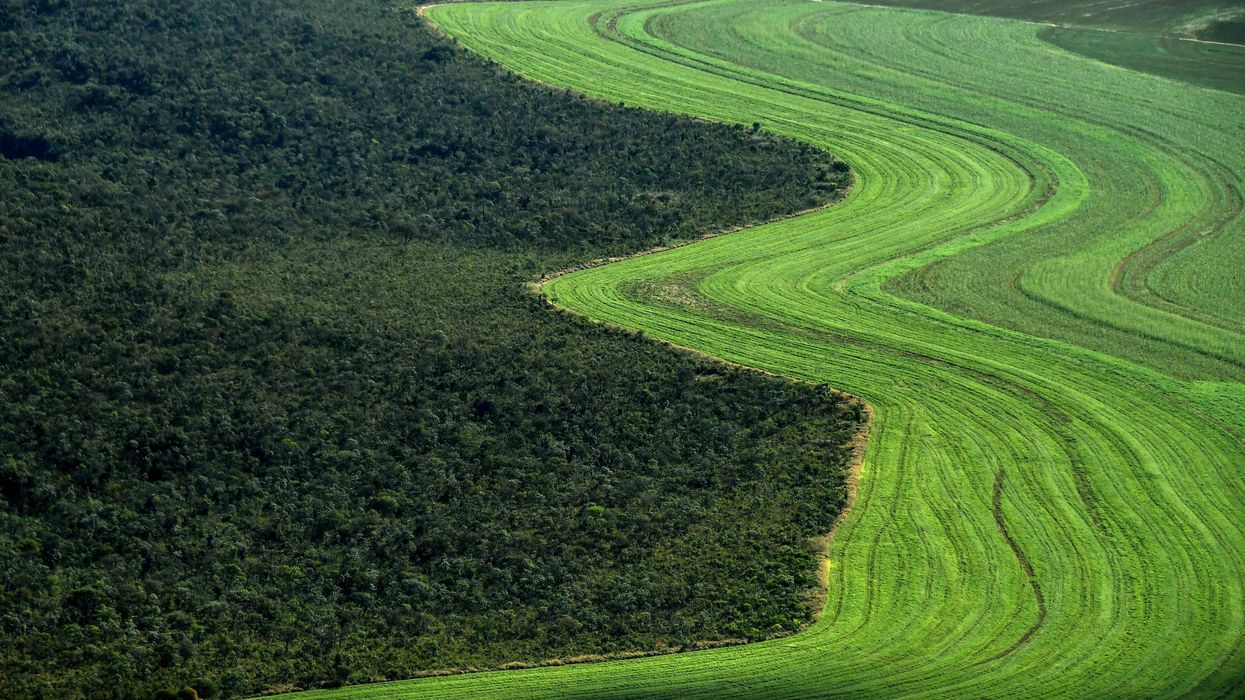Land Degradation Threatens Billions of Lives Worldwide, Warns UN Food Agency
"Sustainable land management requires enabling environments that support long-term investment, innovation, and stewardship," said the head of the Food and Agriculture Organization.
A report published Monday by a United Nations agency revealed that nearly 1 in 5 people on Earth live in regions affected by failing crop yields driven by human-induced land degradation, “a pervasive and silent crisis that is undermining agricultural productivity and threatening ecosystem health worldwide."
According to the latest UN Food and Agriculture Organization (FAO) State of Food and Agriculture report, "Today, nearly 1.7 billion people live in areas where land degradation contributes to yield losses and food insecurity."
"These impacts are unevenly distributed: In high-income countries, degradation is often masked by intensive input use, while in low-income countries, especially in sub-Saharan Africa, yield gaps are driven by limited access to inputs, credit, and markets," the publication continues. "The convergence of degraded land, poverty, and malnutrition creates vulnerability hotspots that demand urgent, targeted and, comprehensive responses."
#LandDegradation threatens land's ability to sustain us. The good news: Reversing 10% of degraded cropland can produce food for an additional 154 million people.
▶️Learn how smarter policies & greener practices can turn agriculture into a force for land restoration.
#SOFA2025 pic.twitter.com/8U3yQk9lX4
— Food and Agriculture Organization (@FAO) November 3, 2025
In order to measure land degradation, the report's authors compared three key indicators of current conditions in soil organic carbon, soil erosion, and soil water against conditions that would exist without human alteration of the environment. That data was then run through a machine-learning model that considers environmental and socioeconomic factors driving change to estimate the land’s baseline state without human activity.
Land supports over 95% of humanity's food production and provides critical ecosystem services that sustain life on Earth. Land degradation—which typically results from a combination of factors including natural drivers like soil erosion and salizination and human activities such as deforestation, overgrazing, and unsustainable irrigation practices—threatens billions of human and other lives.
The report notes the importance of land to living beings:
Since the invention of agriculture 12,000 years ago, land has played a central role in sustaining civilizations. As the fundamental resource of agrifood systems, it interacts with natural systems in complex ways, influencing soil quality, water resources, and biodiversity, while securing global food supplies and supporting the achievement of the Sustainable Development Goals (SDGs). Biophysically, it consists of a range of components including soil, water, flora, and fauna, and provides numerous ecosystem services including nutrient cycling, carbon sequestration, and water purification, all of which are subject to climate and weather conditions.
Socioeconomically, land supports many sectors such as agriculture, forestry, livestock, infrastructure development, mining, and tourism. Land is also deeply woven into the cultures of humanity, including those of Indigenous peoples, whose unique agrifood systems are a profound expression of ancestral lands and territories, waters, nonhuman relatives, the spiritual realm, and their collective identity and self-determination. Land, therefore, functions as the basis for human livelihoods and well-being.
"At its core, land is an essential resource for agricultural production, feeding billions of people worldwide and sustaining employment for millions of agrifood workers," the report adds. "Healthy soils, with their ability to retain water and nutrients, underpin the cultivation of crops, while pastures support livestock; together they supply diverse food products essential to diets and economies."
The report recommends steps including reversing 10% of all human-caused land degradation on existing cropland by implementing crop rotation and other sustainable management practices, which the authors say could produce enough food to feed an additional 154 million people annually.
"Reversing land degradation on existing croplands through sustainable land use and management could close yield gaps to support the livelihoods of hundreds of millions of producers," FAO Director-General Dongyu Qu wrote in the report’s foreword. "Additionally, restoring abandoned cropland could feed hundreds of millions more people."
"These findings represent real opportunities to improve food security, reduce pressure on natural ecosystems, and build more resilient agrifood systems," Qu continued. "To seize these opportunities, we must act decisively. Sustainable land management requires enabling environments that support long-term investment, innovation, and stewardship."
"Secure land tenure—for both individuals and communities—is essential," he added. "When land users have confidence in their rights, they are more likely to invest in soil conservation, crop diversity and productivity."


